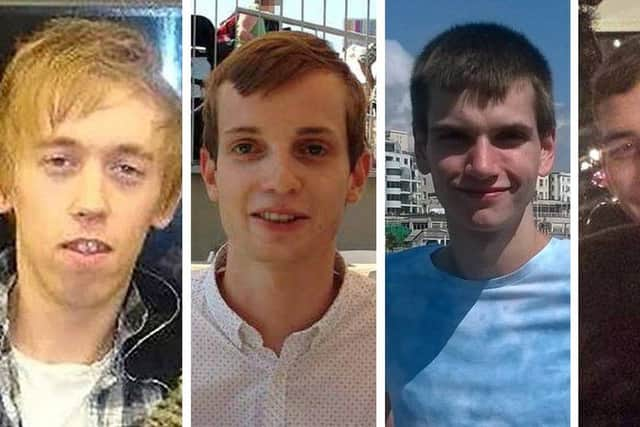Stephen Port: 55 chemsex drug deaths reinvestigated by police had no link to notorious serial killer
and live on Freeview channel 276
The 55 chemsex drug deaths, which were reinvestigated after serial killer Stephen Port was convicted, had no evidence of “foul play” linking cases to the murderer, a Met report has revealed.
Port murdered Anthony Walgate, 23, Gabriel Kovari, 22, Daniel Whitworth, 21, and Jack Taylor, 25, between June 2014 and September 2015 in Barking, east London.
Advertisement
Hide AdAdvertisement
Hide AdHe was jailed for life in November 2016 for giving them lethal doses of the drug GHB, which is linked to chemsex, having lured them to their deaths via hook-up apps such as Grindr.
There were fears that Port could have struck on other occasions, such was the pattern of his behaviour.
Loading....
A report, known as the GHB Review, into deaths from gamma-hydroxybutyrate (GHB) warned that others may have used “a similar mechanism of foul play”.
Advertisement
Hide AdAdvertisement
Hide AdChemsex was described as “a term used by gay or bisexual men” for sex under the influence of drugs, commonly crystal methamphetamine, GHB, and mephedrone.
The investigation ran from 2011 to 2015 as Port’s arrest “would curtail his activities” and GHB usage was thought to be “relatively new”, with usable forensic data up to June 2011.
Advertisement
Hide AdAdvertisement
Hide Ad

Inquests were held into all 55 deaths and coroners found 40 were due to use of drugs; four were suicide; three were accidental deaths; three were misadventure; and one was due to natural causes, while four were delivered an open verdict.
The drug’s effects have been compared to alcohol and MDMA, according to the report, but at higher doses can include “dizziness, drowsiness, amnesia, unconsciousness and death”.
Of the 55 deaths, 83% of the deceased identified as gay, the report found, with GHB overdoses “disproportionately affecting the male gay community”.
The report also found almost a third of all GHB-related deaths in the capital occurred in Lambeth, with 31%, or 17, of the 55 deaths in London from 2011 to 2015 taking place there.
Advertisement
Hide AdAdvertisement
Hide Ad“Lambeth has a very significant nighttime economy and a large number of male saunas operating within the borough,” the review stated, on the borough’s high mortality rate.
Eight deaths occurred in Westminster during that period, while the boroughs of Kensington and Chelsea, Islington, Camden and Newham each recorded four deaths between 2011-15.
